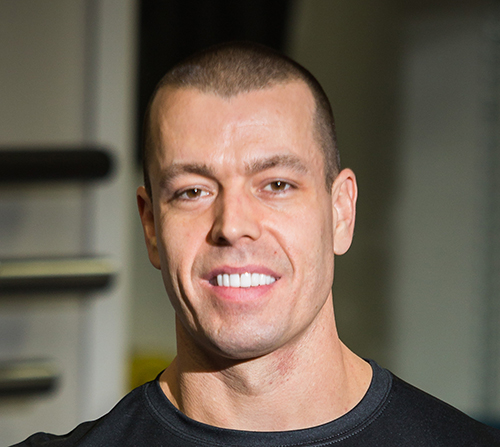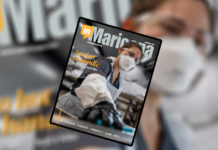By Aaron Gilbert
Squatting is as fundamental to human movement as apple pie is to America. Performing a squat involves nearly every muscle in the body.
It’s essential for picking up stuff off the floor, sitting down, going to the bathroom – basically most day-to-day activity we tend to take for granted.
Additionally, exercise science tells us squats are excellent for building strength, power and mobility. Full, properly-performed squats can help counteract many of the chronic musculo-skeletal problems we face today, such as weak glutes, poor posture, lower back pain and a weak core.
If a person can properly perform a full-depth squat with their own bodyweight, without pain or discomfort, they are probably fairly fit.
Below are some recommendations on how to master the ultimate exercise. Enjoy!
Guidelines
If you want to get better at the squat, practice. Practice helps coordinate movement and build the mobility you need to do the movement properly.
Every body type is different. Try a variety of squats, stances and ranges of motion. Focus on form and proper technique, not piling on weight to impress your gym buddies. Check your ego at the door.
Do your mobility drills. A body with poor mobility is a body that will likely get injured with squats.
Full squats are often safer than shallow squats. The deeper you go when squatting, the more muscles are recruited.
Control the descent and reverse the movement carefully. Don’t rely on your ligaments to bounce you out of a deep squat.
Think about how the squat helps your fitness and performance. The squat technique that allows you to lift the most weight isn’t necessarily the best or most appropriate option.
Keep it simple. Even babies can squat. Don’t over-think it.
Troubleshooting Your Squat
When you’re learning the squat, snap photos or videotape yourself. This can provide invaluable feedback.
Trouble getting a comfortable squat pattern? Try a wider stance with toes pointed out a little. (Remember knees follow toes.)
Use natural foot positioning (similar to other athletic movements), with toes slightly out.
Keep heels on the ground. If need be, put small plates under your heels until you develop better mobility in hip and ankle joints.
Control squat speed, using a 2-3 second descent (unless your sport/activity demands another style).
Maintain a neutral spine.
Take breaks — fatigue can result in poor mechanics.
Keep your hands close to your body.
Look forward and keep your head up.
Work on mobility drills for ankles, hips and the thoracic spine.
Trouble keeping the weight on your heels? Take off your shoes or get a thin-soled shoe. Keep your chest proud and core tight.
Trouble squatting deep? Get your body warmed up. Widen your stance and rotate your toes out. Start the squat by sitting your hips back. Try box squat progressions (high to low box).
Focus on keeping the knees out and “spreading the floor.” Drop the amount of resistance you’re using.
Aaron Gilbert, CSCS, is the owner of Longevity Athletics.
520-261-4661
[email protected]
This column appears in the January issue of InMaricopa.















![Shred-A-Thon to take place tomorrow An image of shredded paper. [Pixabay]](https://www.inmaricopa.com/wp-content/uploads/2024/03/shredded-paper-168650_1280-100x70.jpg)
